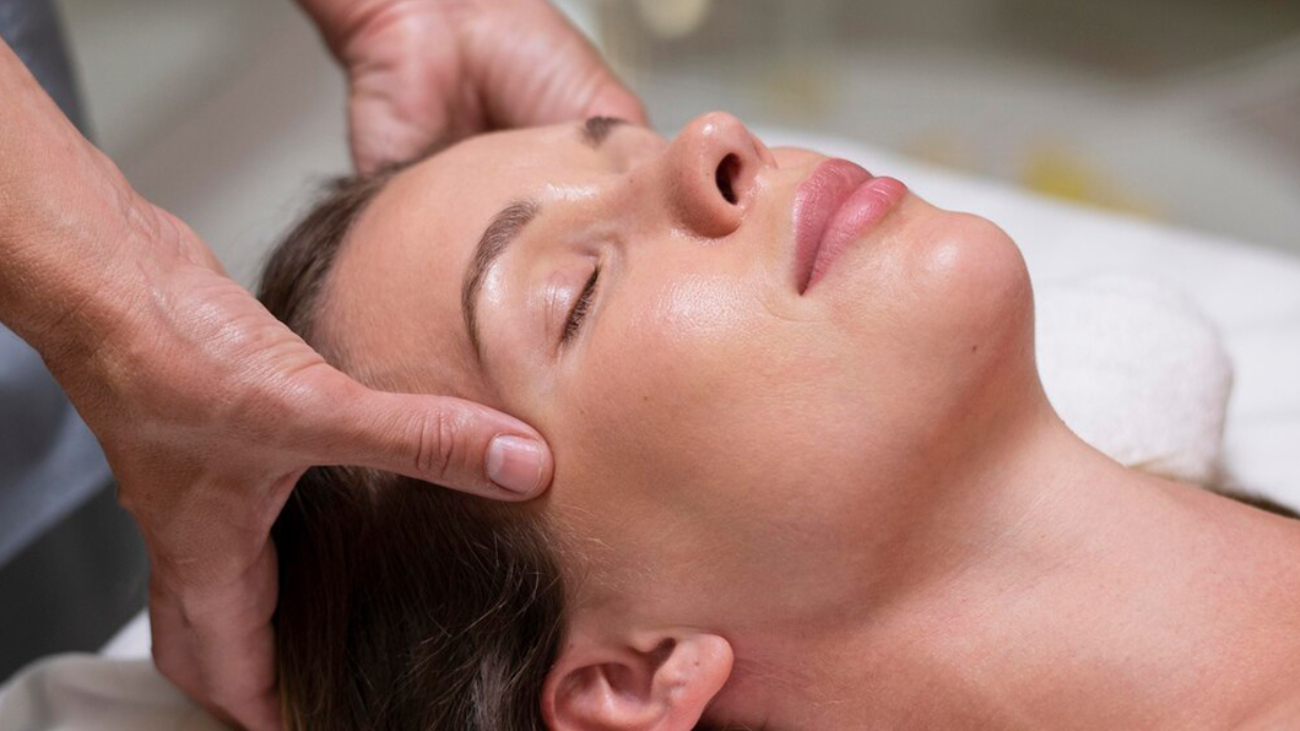Choose hair colors one to two shades darker than natural color for natural results. For more dramatic results, go for shades two to four shades darker. If this is your first time dyeing your hair, you may want to try using temporary or semi-permanent dye rather than permanent dye.
- Temporary dyes tend to wash out after one shampoo.[1]
- Semi-permanent dyes will wash out after 20 to 26 shampoos.
- Permanent dyes may fade, but they usually stay in your hair until it grows out.
Highlights are essentially the opposite of lowlights. Highlight colors should be one to two shades lighter than your natural hair color. For more dramatic results, go for shades three to four shades darker.
- You may need to bleach your hair to highlight it, which is best done in a salon.
Divide your hair into five sections. Make sure your five sections are roughly even. There should be one section on the top of your head. Then, on either side of your head, separate the hair into two sections. When you’re done, you should be left with one section of hair on top and four sections on the sides. Use rubber bands or hair clips to secure your hair.[2]
- In other words, you should have three sections in the front of your head, and two in the back.
Use the slicing method to separate hair for a more dramatic look. Let down one of the sections. Starting at the top of the section, insert the end of your comb through your hair. Only a very thin section of hair should be on top of the end of the comb. Remember that for both highlight and lowlights, you should apply dye to very thin chunks of hair.



